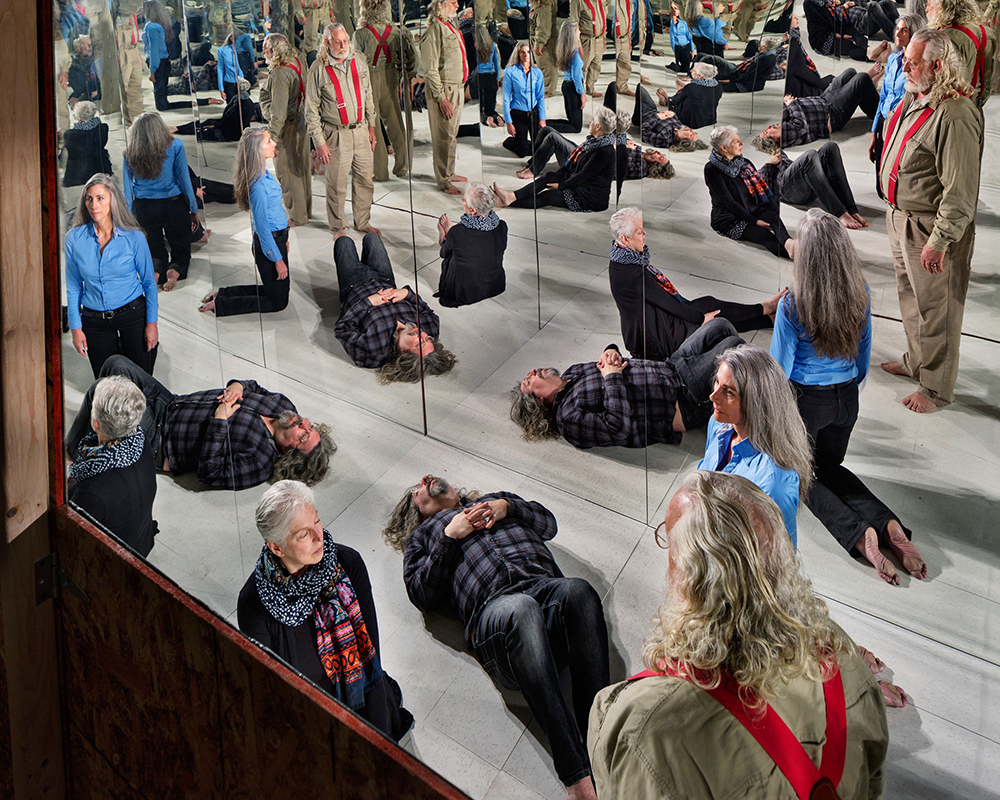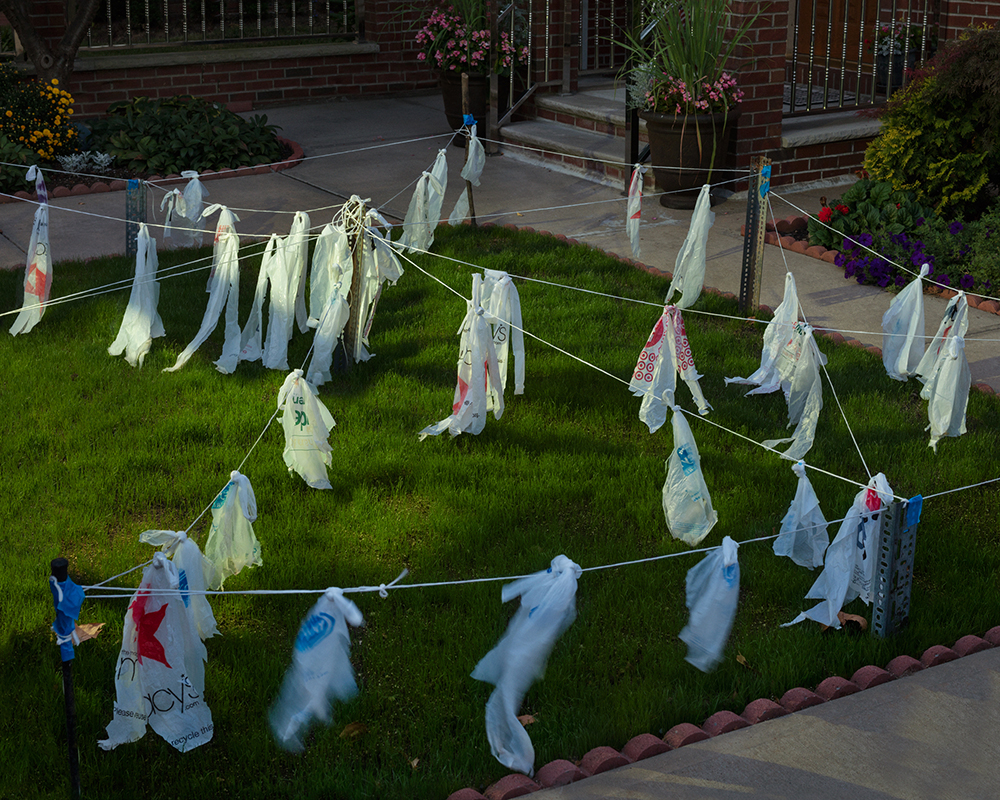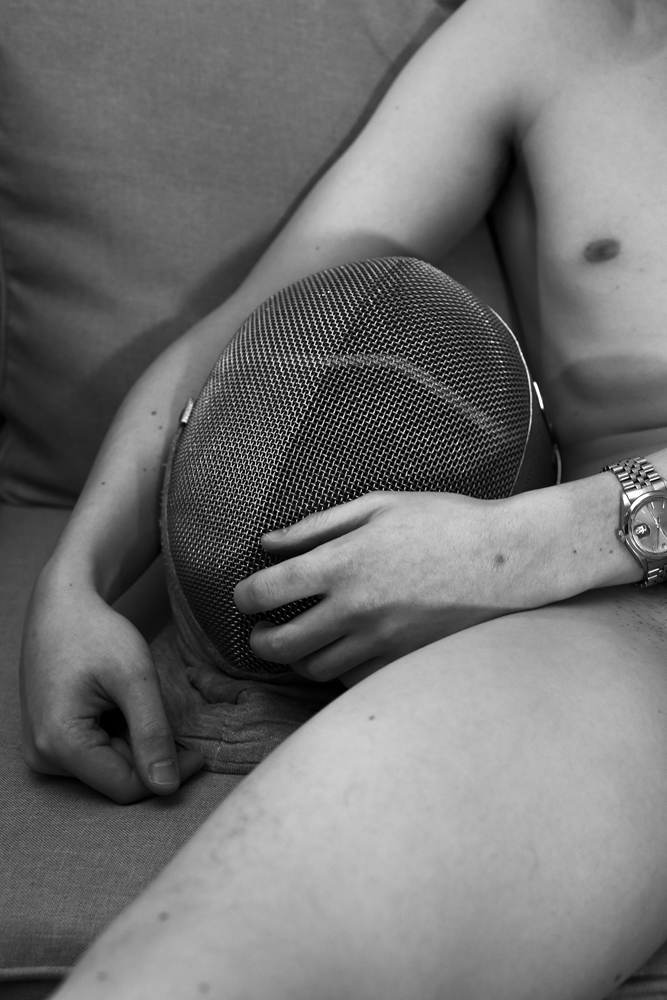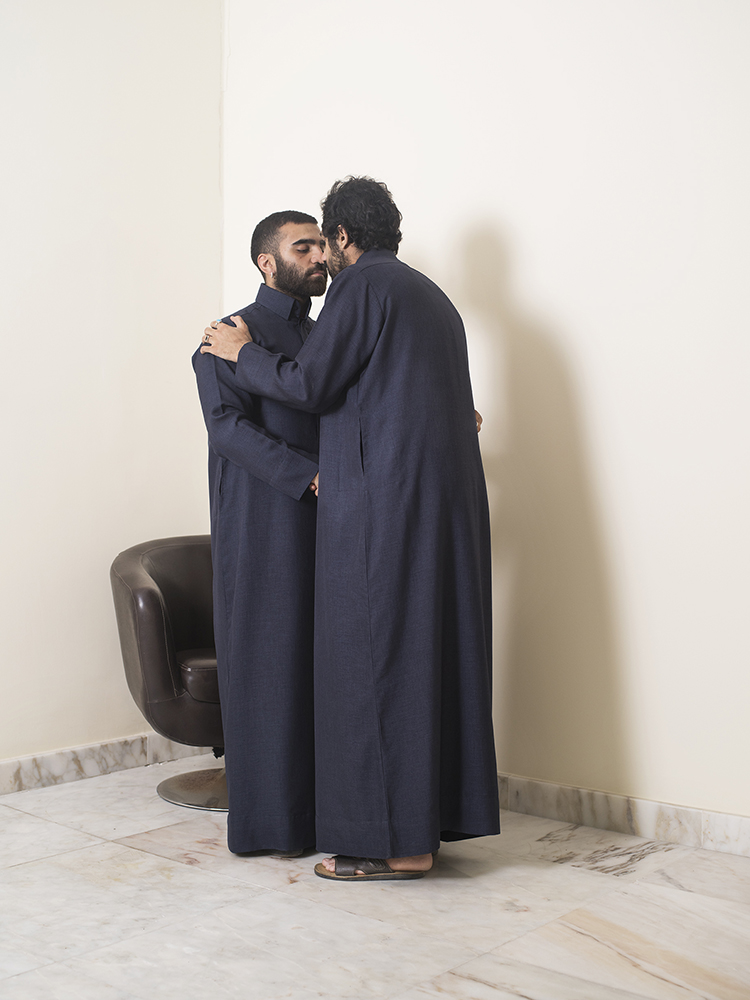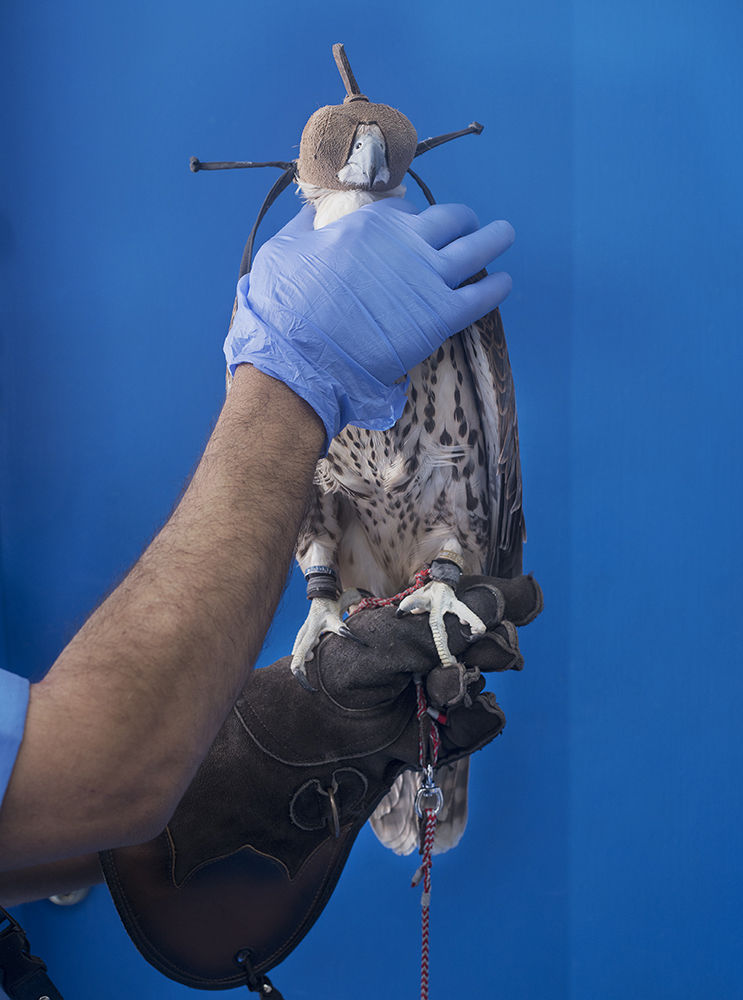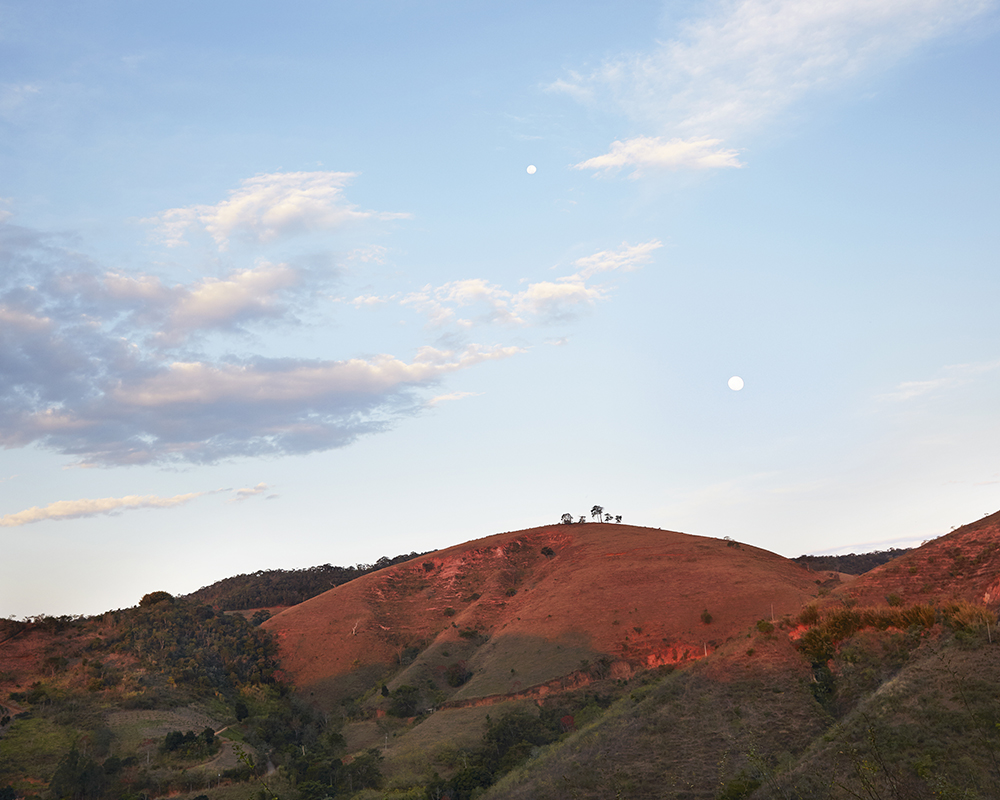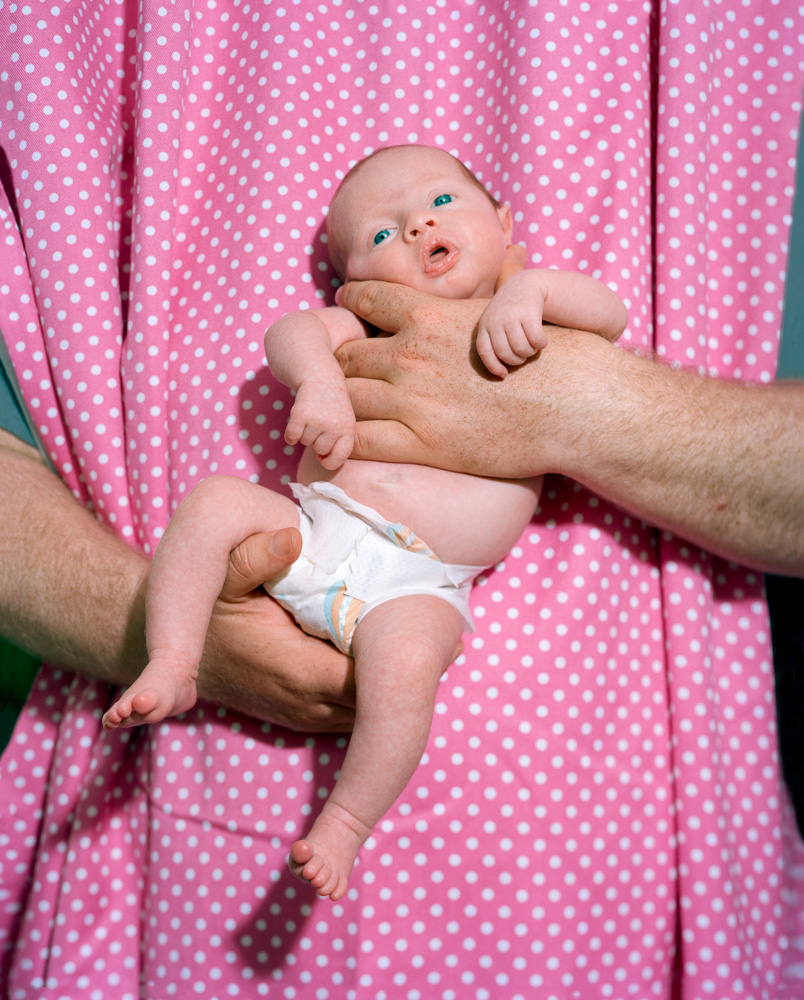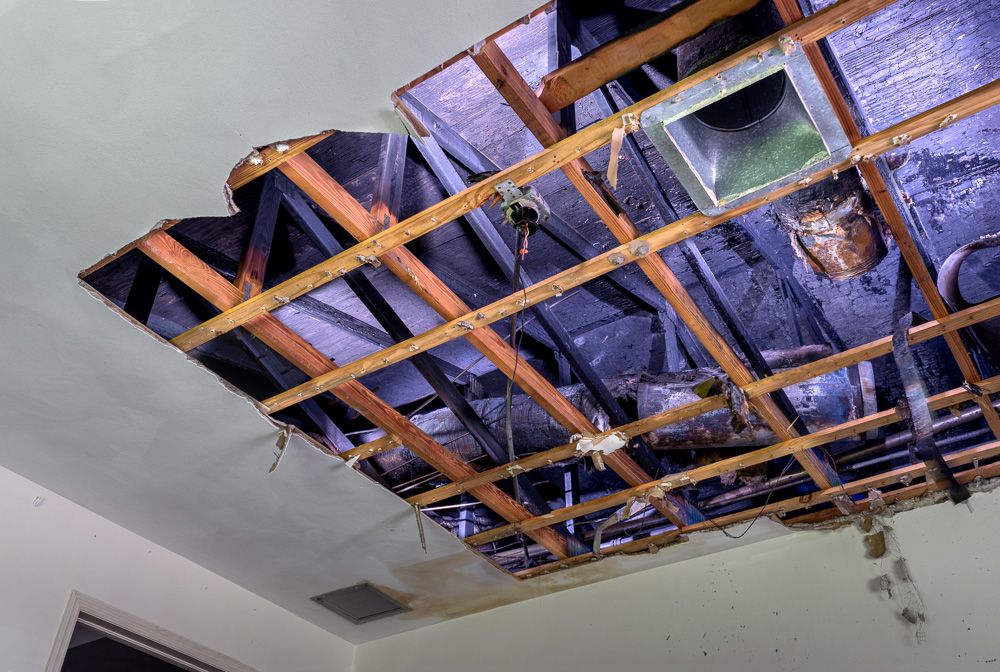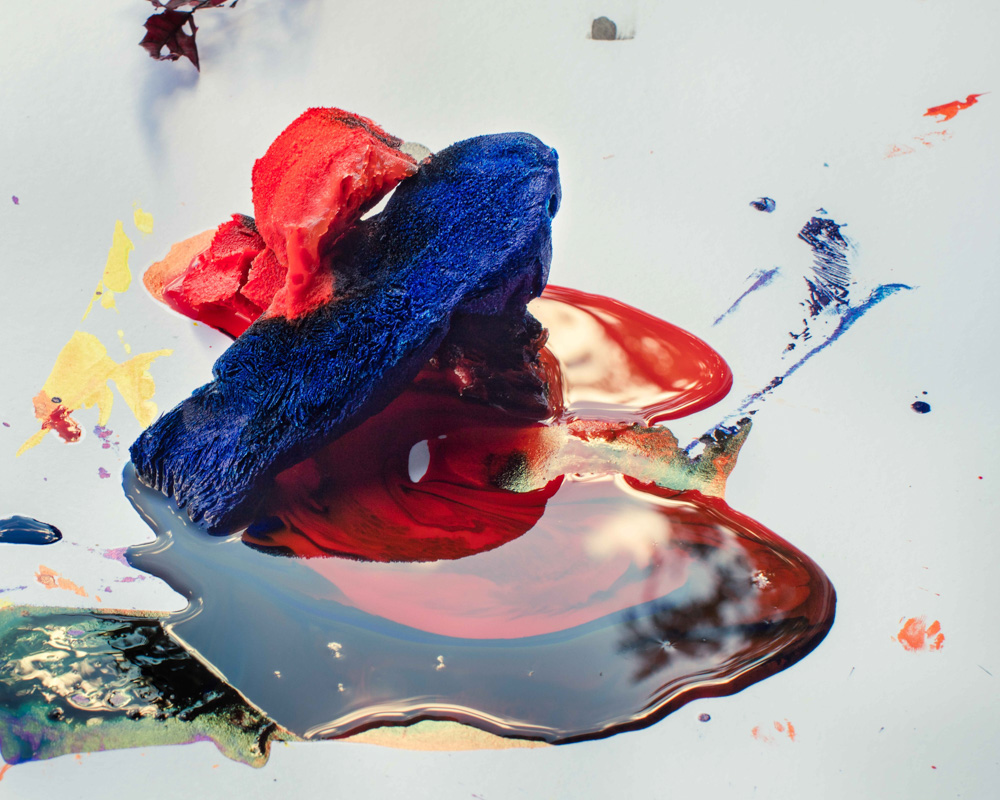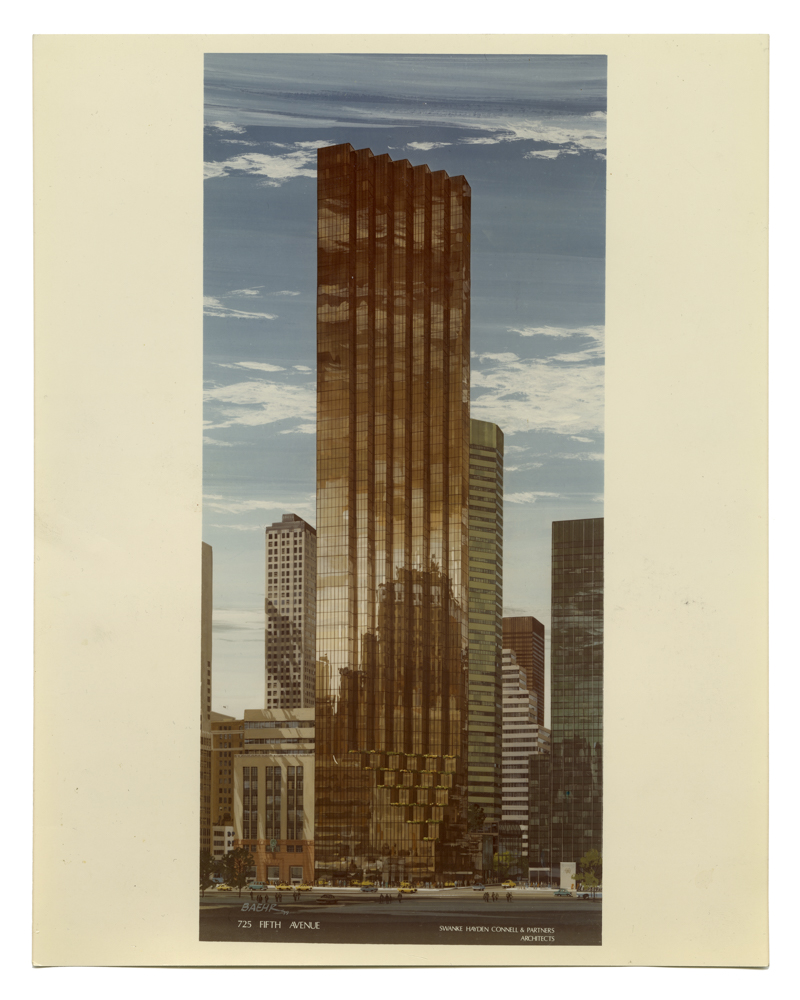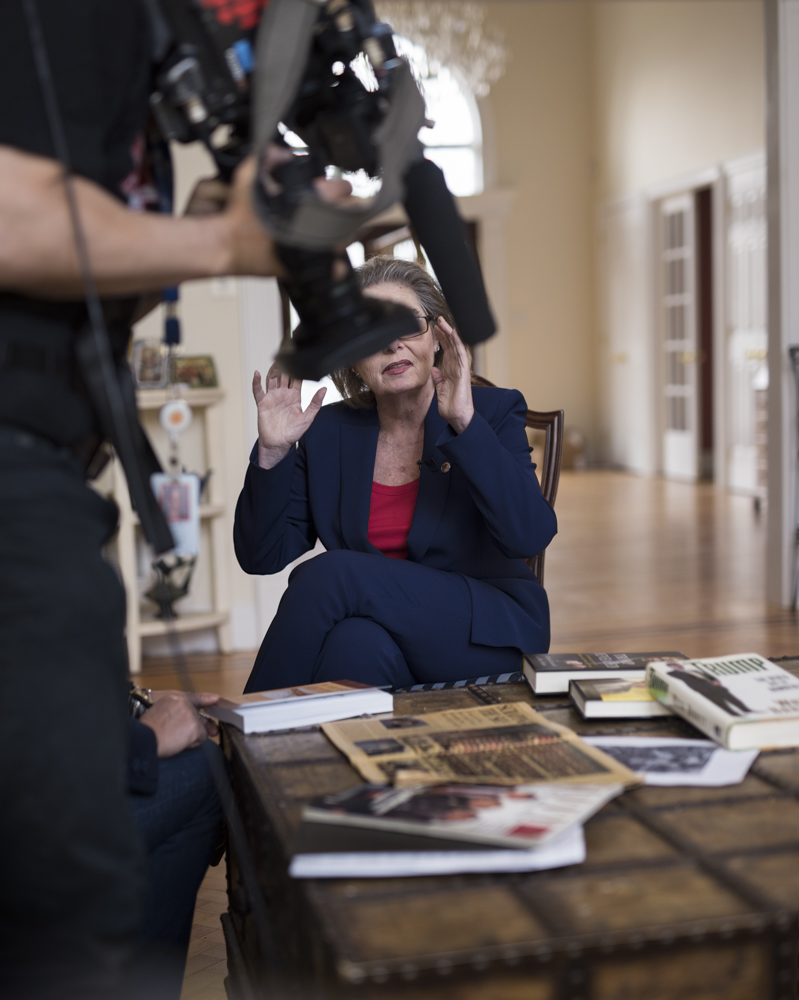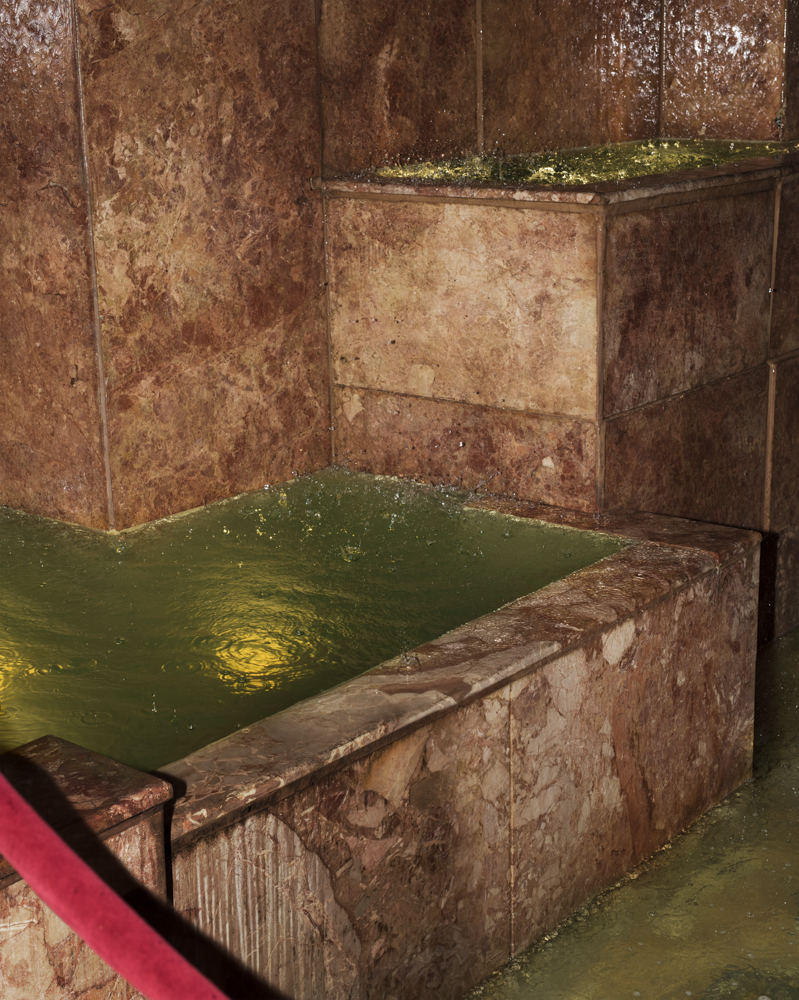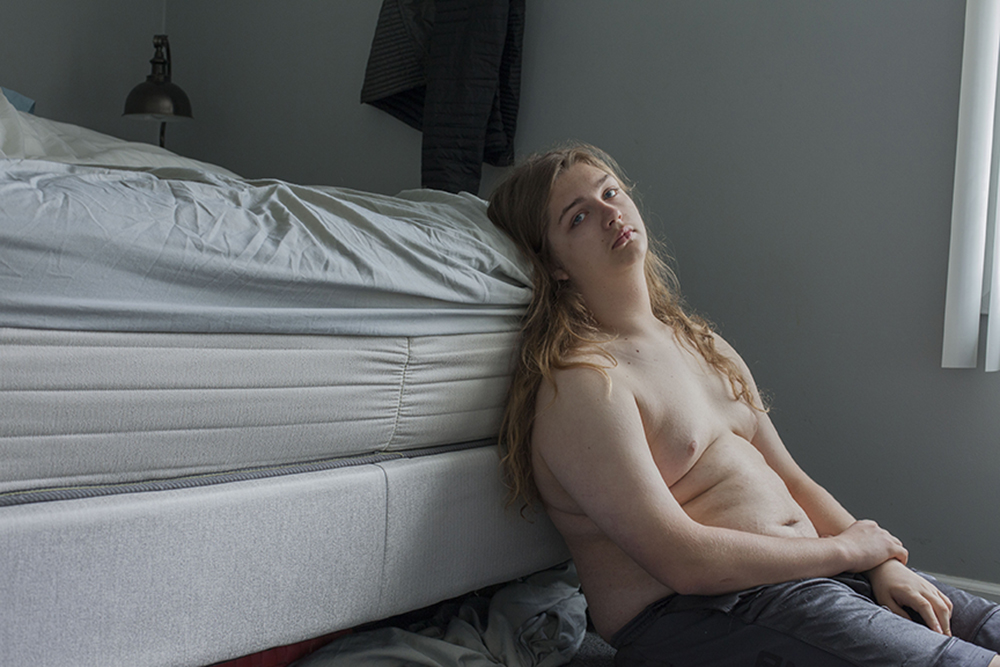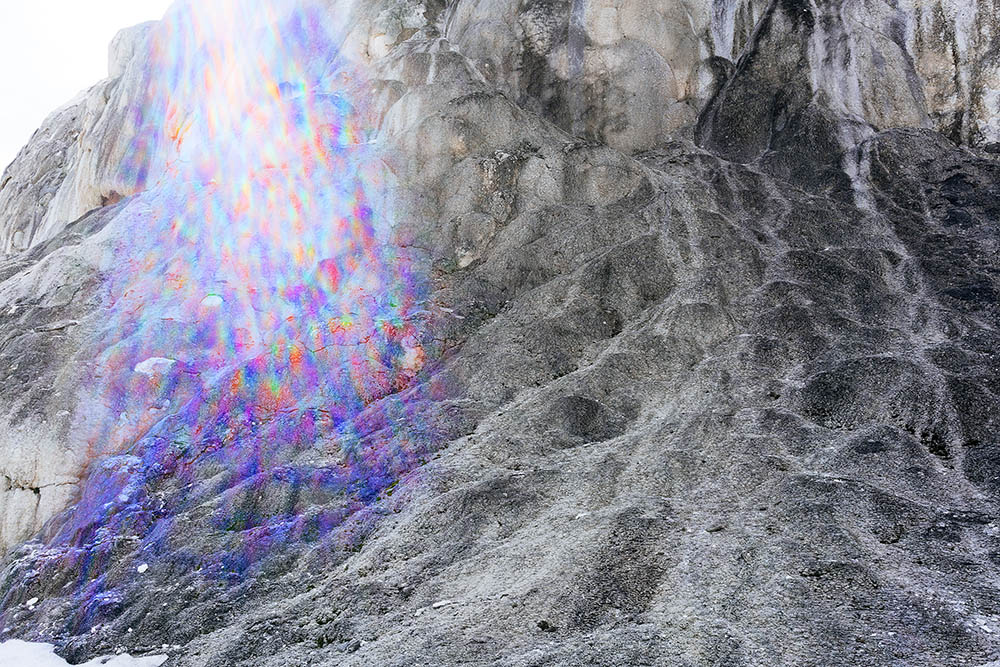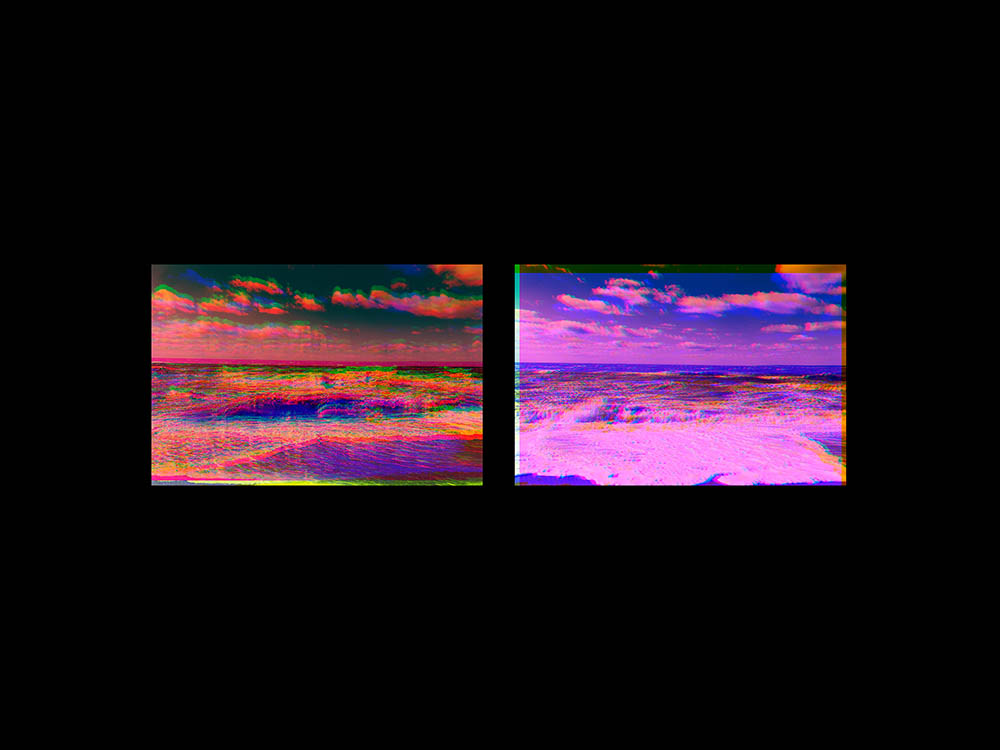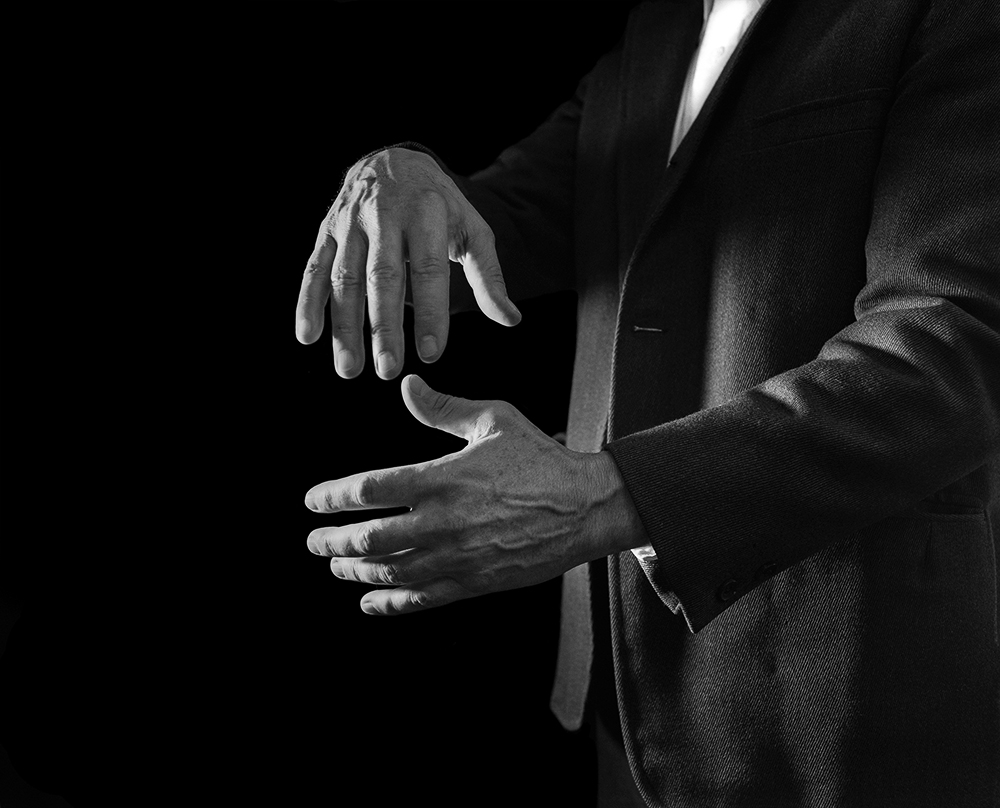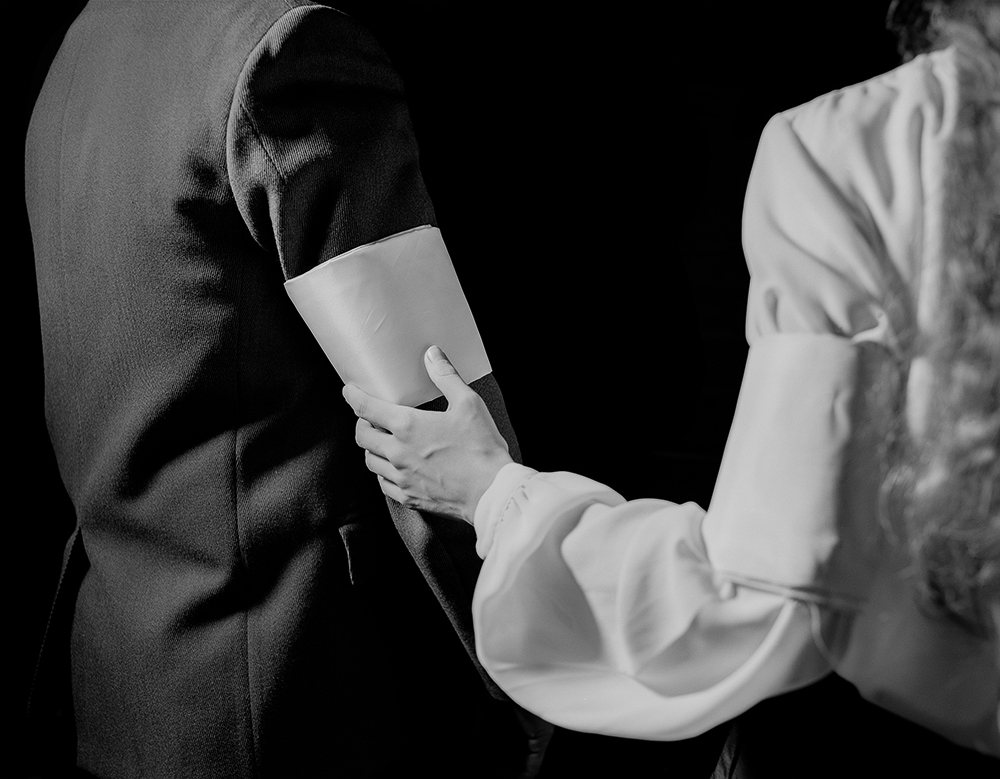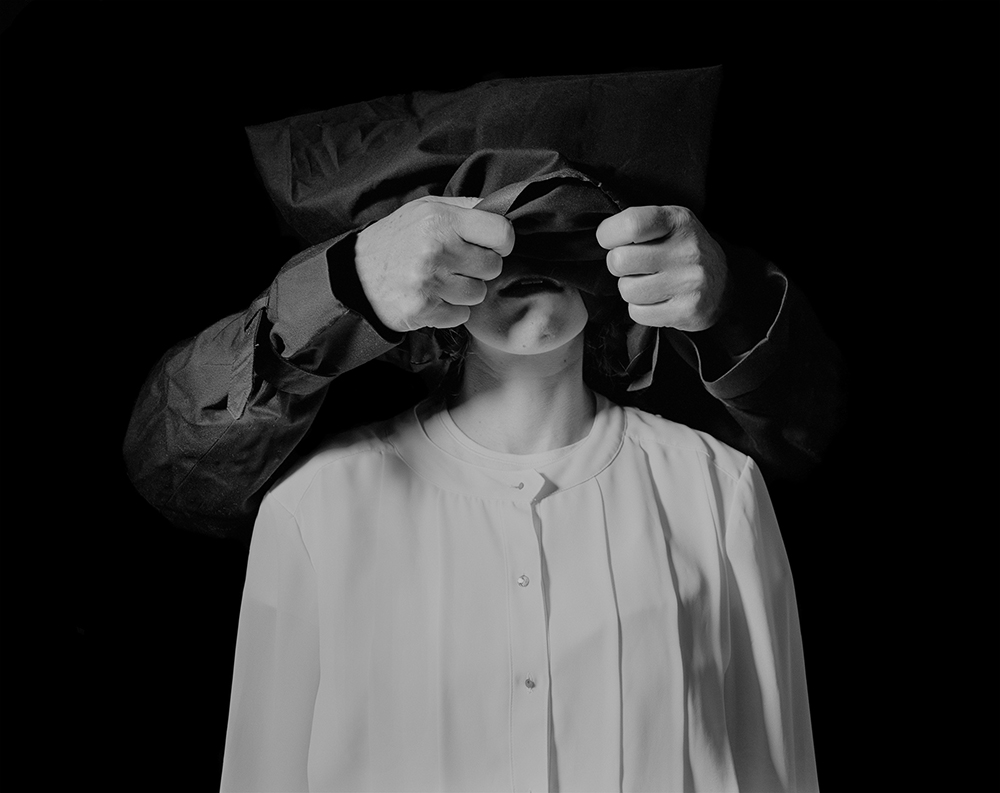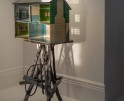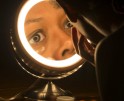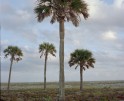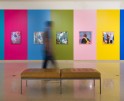Doublespeak: Yale University’s 2017 MFA Photography graduates at Shulamit Nazarian
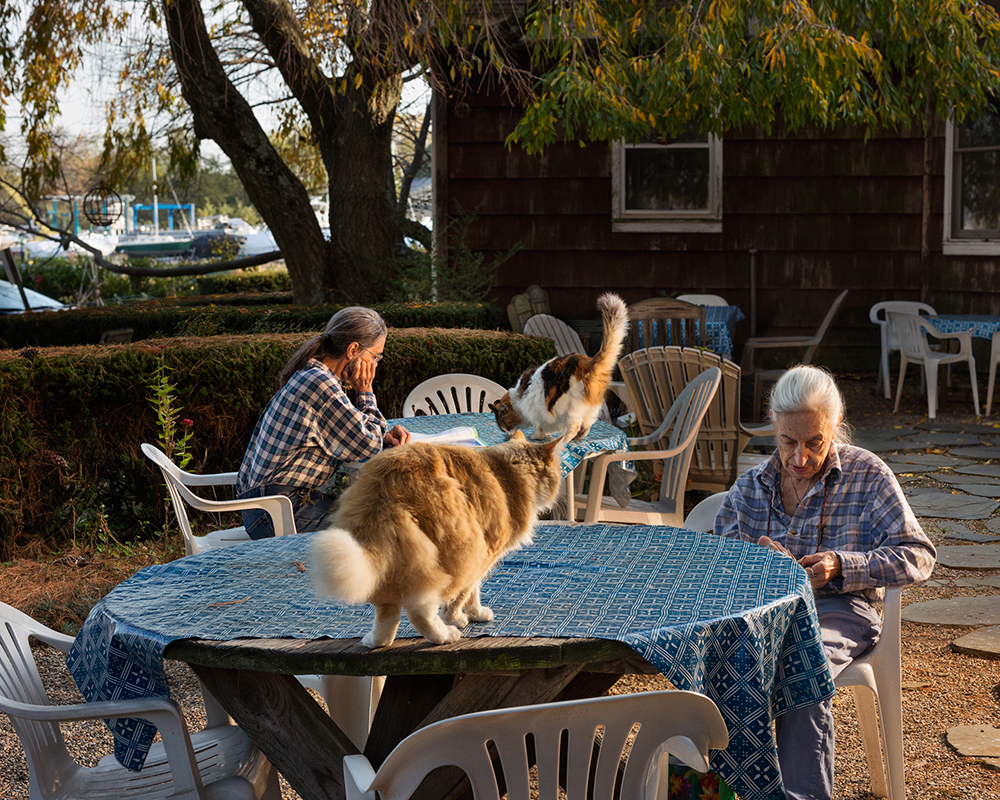
©Lance Brewer, Bella Abzug, Selma Miriam, Gloria Steinem, Noel Furie, 2016, Pigment print, Edition 1 of 8 + 2AP 28.75 x 36 inches
The Shulamit Nazarian Gallery in Los Angeles is showcasing the exhibition, Doublespeak, offering a selection of over fifty new works by Yale University’s 2017 MFA Photography graduates, running through August 5, 2017. It’s always exciting to see what the next generation of visual artists are creating, thinking about, and contributing to the photographic conversation. For their thesis presentations, the students “meticulously challenge the photographic medium through metaphor and subjectivity. In doing so, they have created bodies of work both contingent upon the uncertain world in which they live and beholden to the rich history of photography”.
The exhibition features work by Farah Al Qasimi, Bek Andersen, Lance Brewer, Harry Griffin, Matthew Leifheit, Walker Olesen, Res, Anna Shimshak, Danna Singer, and Chau Tran, who explore, as the gallery states, “moments between fact and fiction, evidence and artifice, through the medium of photography. Operating within a unique two-year span of unprecedented American politics and media coverage, the artists contend with a new age of documentary anxiety in which truth, consequence, and reality bend under the weight of perceived emotional authenticity. As the title suggests, Doublespeak engages with the distortion of meaning, and within this context the photograph serves as a historical vehicle for ambiguous intention and visual manipulation. Collectively, the works on view offer an intimate perspective on our current political and social landscape”.
Yale’s Master of Fine Arts in Photography program is dedicated to an evolving investigation of photography as a lens-based medium responsive to a range of expressive modes. Within this prestigious program, students develop their practices both on their own and in groups alongside a diverse faculty and group of visiting artists and academics, including Gregory Crewdson, John Pilson, Rick Moody, A.L. Steiner, Roni Horn, Charlotte Cotton, Latoya Ruby Frazier, Paul Graham, Collier Schorr, Deana Lawson, James Welling, Marilyn Minter, Shannon Ebner, Stan Douglas and Richard Prince.
This exhibition will travel to three venues, including Danziger Gallery, New York and Casemore Kirkeby, San Francisco. A limited-edition catalogue of the exhibition will be available, featuring a conversation between American novelist Rick Moody and the 2017 Yale University MFA Photography Program graduates.

©Lance Brewer, enchant away the rigid Furiae, 2016, Pigment print, Edition 1 of 8 + 2AP 28.75 x 36 inches
In photography, a conflict emerges between the ideas and intentions of the photographer and the realities of the world, leading to a slippage between the two. The images in Brewer’s body of work compose a disparate range of subjects: psychological experiments, a homemade talk show, mirrors which serve as a portal to a world of converging images, and a generic lawn chair, broken and remade into an alien signifier, among others. These all are scenes of desire, imagination, and creativity embedded in, but isolated from, a fractured real. The spaces in the artist’s work are characterized by their alterity, and alternate lives are proposed through characters searching for something more than the status quo. The effected reality Brewer seeks as an artist is mirrored in these characters, as they engage in the construction of their own worlds.
These are photographs of Yale taken during Leifheit’s time as a graduate student. Many are outtakes from assignments for the Yale Daily News, the student newspaper where the artist is staff photographer. Others pictures were taken in the library of objects saved by the university to catalogue its history. More were made to satisfy Leifheit’s curiosity about places and things he’s not allowed to photograph, such as certain secret societies on campus. The body of work as a whole evaluates Yale College’s photographic history in relation to Leifheit’s own interests and experience, ranging from student projects and yearbook photographs, to more obscure traditions, including the infamous nude “posture” photos taken of freshman throughout the mid-twentieth century.
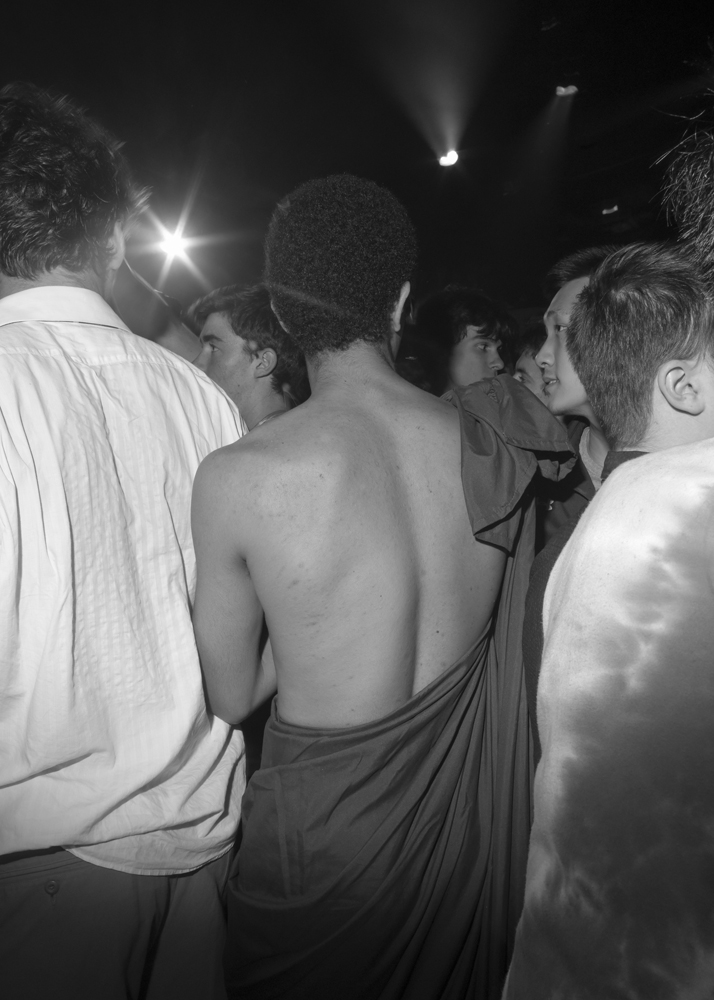
©Matthew Leifheit, Toads Place II, 2017, Gelatin silver on fiber paper, Edition 1 of 8 + 2 AP 24 x 20 inches
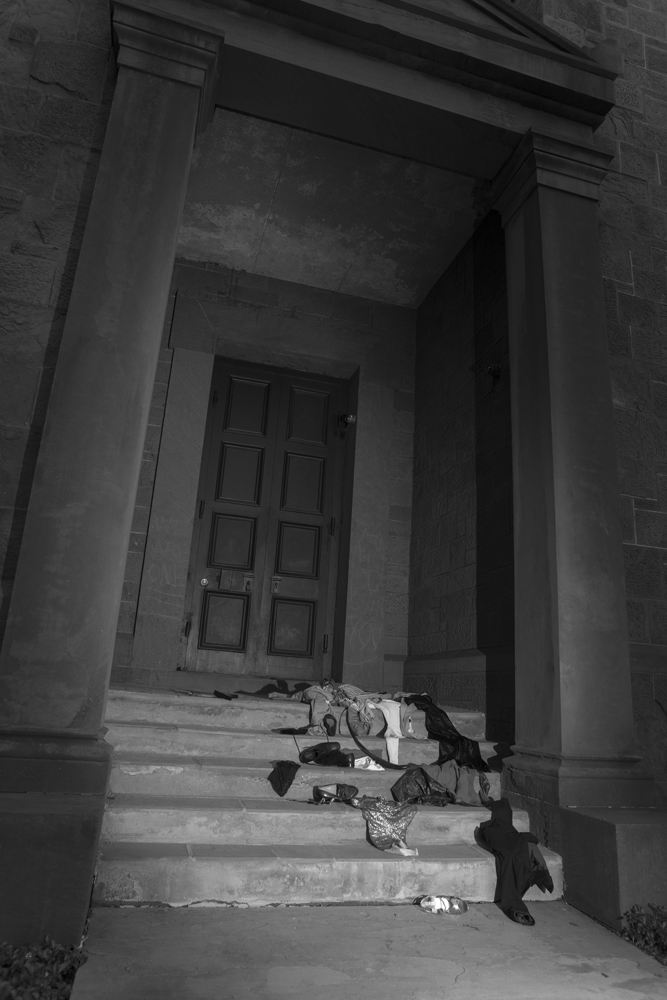
©Matthew Leifheit, Skull and Bones, 2017, Gelatin silver on fiber paper, Edition 1 of 8 + 2 AP 20 x 16 inches
Farah Al Qasimi’s photographs explore histories of diplomacy, nationalism, and state fantasy, looking at war and trade as the main points of contact between nations, with a specific focus on the USA and the UAE—her native countries. Al Qasimi is interested in both visible and invisible structures of political power, and in the casual exchanges and agreements made between men. As an image-based artist, the artist also engages with the role that photography plays in flattening identities for the purpose of profiling and surveillance, and in confronting the ways that her own camera plays a part in that. One of the images, for example, is of a falcon in rehab at a specialized falcon hospital; birds of prey appear throughout the larger body of work as a global emblem for nationalism, but in this context, it is injured and in need of care.
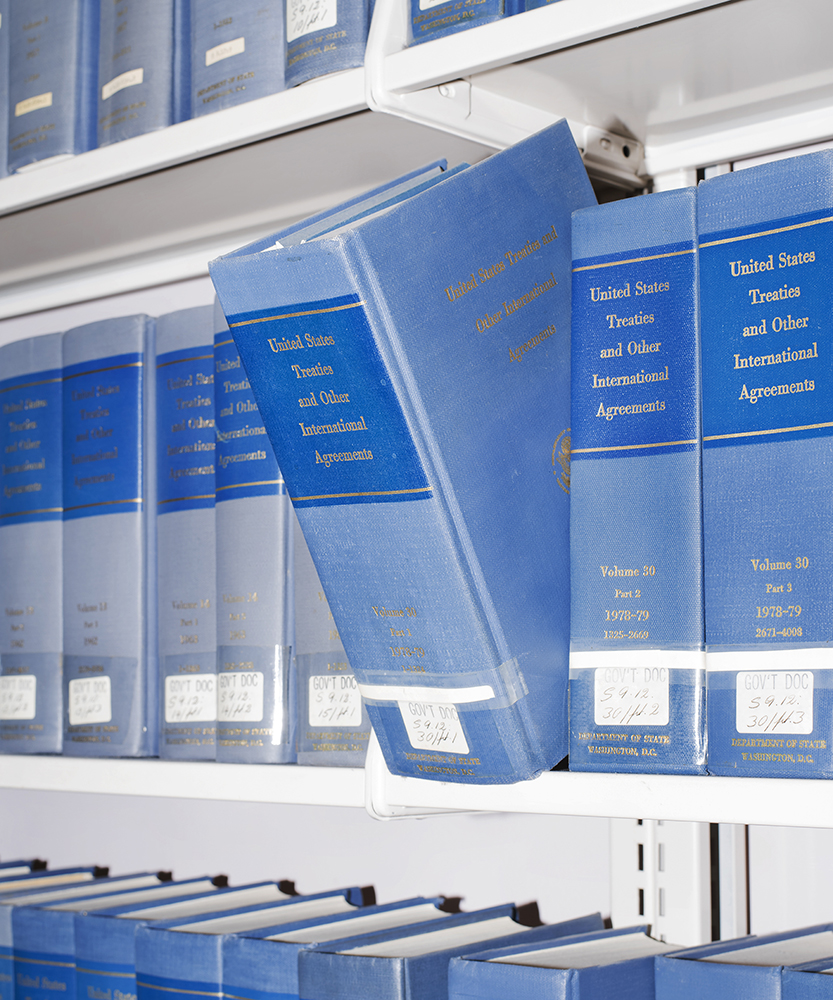
©Farah Al Qasimi, United States Treaties and Other International Agreements, 2017, Inkjet print, Edition 1 of 5 35 x 29 inches
Bek Andersen
Raised in the Mormon Church, Andersen came to realize the malleability of faith at a young age, that truth and history are entirely subjective. Even now, the artist remains fascinated by how Mormons believe that in the afterlife, how each devout member gets to create their own planet and become a god. Les Infames is a synthesis of origin stories, those of the artist’s own personal history and the mythology that has shaped her view of the world. In this body of work, the artist references historic antiquity, Greek and Roman mythology, and the Book of Genesis to project a vision of her own Garden of Eden, her own creation myth. Andersen’s garden is inhabited by Les Infâmes (the infamous): the formerly powerless who have become venerated. Through this lens, she questions truth and history, blending tales of goddesses, demigods, and Biblical figures with childhood memory and suppressed desire. In doing so, the artist aims to detangle personal and historic myths, looking for parallel lines in disparate narratives.
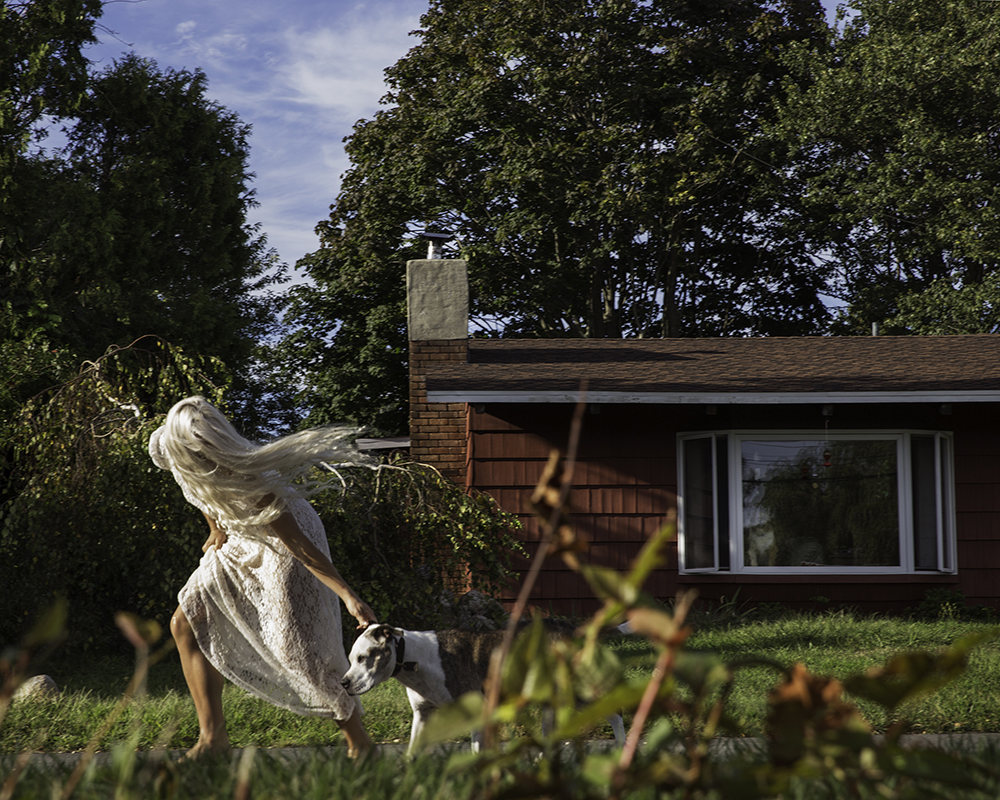
©Bek Andersen, “Les Infâmes” Box Set (detail) Aphrodite and Hound (Heather and Hazelnut), 2016, Dye sublimation on aluminum, Edition 1 of 3 + 2 AP 26 x 40 inches

©Bek Andersen, Imaculado (Arum Lily), 2016, Dye sublimation on aluminum, Edition 1 of 3 + 2 AP 20 x 30 inches
Harry Griffin
The work for Griffin’s thesis is a tale of two houses; one that doesn’t yet exist, with one that ceases to exist. Since 2006, the artist has been collaborating with his grandmother in South Florida. The project began with photography and later introduced video and sculpture. She wasn’t an artist, but she was obsessive and creative; a folk artist. She authored an exact 1:12 ratio model of her house in the seventies, which sat in the middle of her house producing a sense of domestic uncanny. Griffin obsessively photographed her and the replica, and in the summer of 2016 he recorded footage of her and his grandfather in the house alongside recorded footage of, and inside, the replica. In the artist’s words, “August of 2016 she died; on the night of her funeral, after the reception, a fire erupted in the attic. Most of the guests had left at that point, but a few of us were drunk at my aunt’s across the street. My grandfather was in the house with his personal support worker, she saved him. I had to recover my camera equipment from the burning room. Once I did, I filmed and photographed during the burning, and also downloaded news footage from YouTube. I spliced that footage with the earlier content for the video, PeeWee. With most of the house decimated, the replica survived. I shipped it to New Haven and installed it in the gallery, which completed the installation. I made miniature frames and installed the photographs at one-twelfth scale.” The body of work *wet fun adventure* is an amalgam of this personal history, along with images made throughout Florida relating to its dominant economies ranging from tourism, amusement, leisure, agriculture, and retirement.
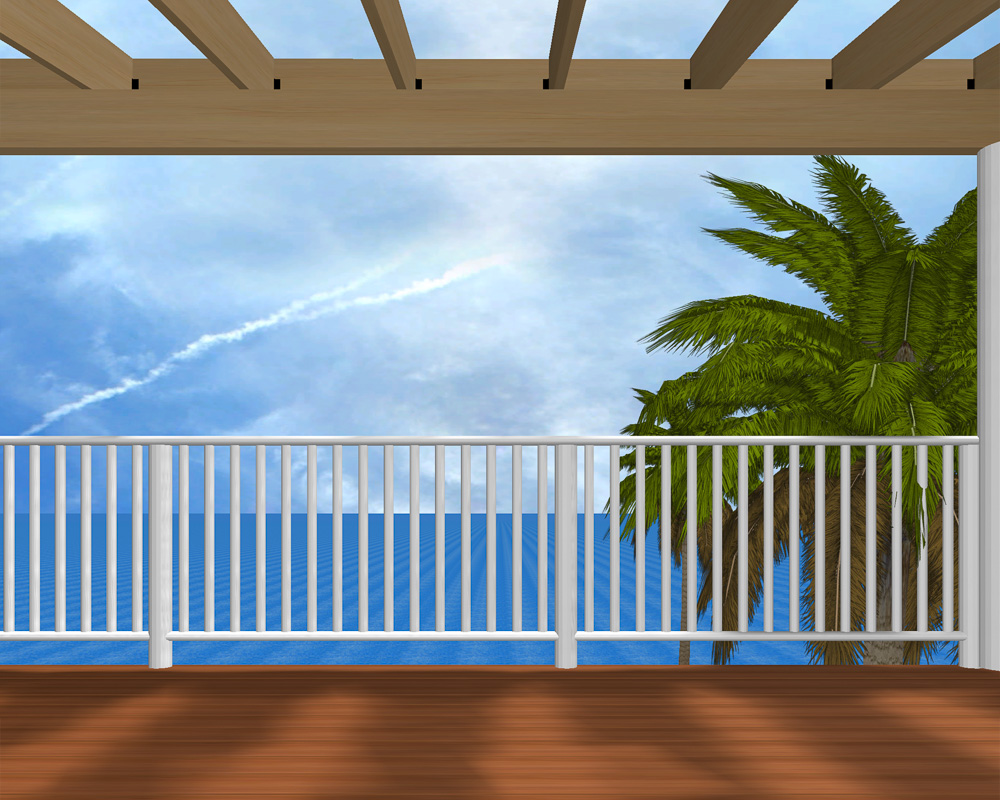
©Harry Griffin, Balcony Beach, 2016, Pigment Print mounted to aluminum in artist frame, Edition 1 of 3 + 2AP 16 x 20 inches
Walker Olesen
In the artist’s words, “When I moved from LA to Connecticut for school a thick blanket of whiteness fell, in more ways than one. Snow on the East Coast is like Asphalt in Los Angeles— the largest object in the city. Both snow and asphalt are huge continuous objects— massive unbroken shapes that articulate the shape of the city in a thin layer. In some places they are three feet thick, in other places mere millimeters. They stretch out horizontally as far as the eye can see. If they could be lifted off the ground they would be massive, monochromatic, almost two-dimensional drawings of the urban landscape.” The artist is interested in exploring these notions of water as fact, as metaphor, and as lie.

©Walker Olesen, More Snow IV: Beyond the Most (Eggs), 2017, Inkjet print, Edition 1 of 3 + 2AP 20 x 30 inches
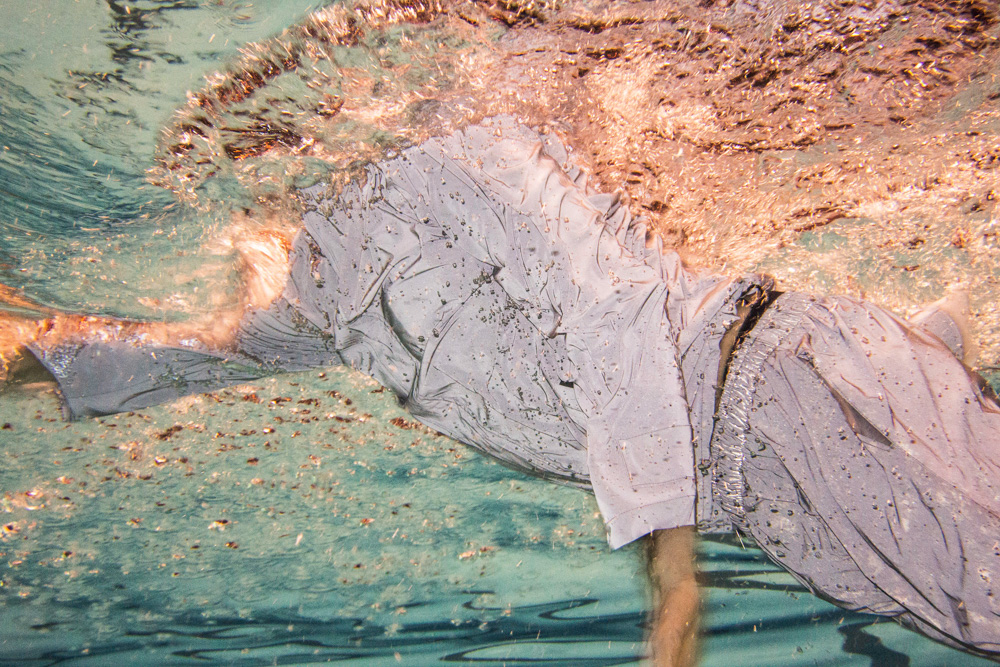
©Walker Olesen, Swimmer (Retrorefllective Suit), 2017, Inkjet print, Edition 1 of 3 + 2AP 20 x 30 inches
Res
Res’ project, To Tell The Truth, engages their mother’s involvement with the Trump Organization, how that influenced their family and the way photography has functioned in the construction of myths of power and success. Their mother, Barbara Res, was the manager of construction on Trump Tower and executive Vice President of the Trump Organization for nearly 20 years. The ensuing work juxtaposes stock imagery of the Trump Tower project and Res’ mother with post-election meditations and distress.
Danna Singer
If It Rained An Ocean is a series of pictures of the artist’s immediate family and friends from her neighborhood in New Jersey. The photographs explore themes of class, addiction, mental illness and the artist’s particular view as an observer and member of this family. Seen together, the photographs tell a story about the struggle of the working class in America, and the cyclical nature of socioeconomic trappings. Despite these feedback loops and seeming dysfunction, Singer manages to expose moments of care and intimacy between the people she grew up influenced by a mix of respect and anthropological interest.
Chau Tran
Chau Tran’s photographs revolve around the idea of space as corporeal experience and psychological construct. Early photographic influences include Daido Moriyama, Shomei Tomatsu, Eikoh Hosoe, and other artists belonging to the prominent Provoke magazine group—photographers who set out to capture the tumultuous period of social upheaval and waning traditions in post-World War II Japan through emotionally resonant and subversive imagery. Their rejection of the traditional straightforward documentary approach in favor of a more expressive, subjective mode allowed them to reveal an alternative condition. The stylization and artifice in her photographs are also influenced by post-war childhood memories of growing up in Ha Noi, Viet Nam—a city that is always drenched in neon lights, hazy air, synth-pop, and nostalgia. The photographs in this body of work were distorted to varying degrees with lighting and digital post-production process, in order to expose the glitches in communication, to decipher the mechanisms of representation, and ultimately to describe a sense disorientation, self-reflexive questioning, and alienation in a landscape of uncertainty.
Anna Shimshak
Soft Seduction explores a distilled iconography of power as expressed through the intimacies of interpersonal relationships. Inspired by the concept of a fictitious clandestine meeting, the body language and dynamics of these subjects in a sparse picture frame detail an ambiguity of power and implication of violence. In the canon of art, cinema and contemporary popular culture, Shimshak is drawn to the portrayal of female subjects, largely as objects of desire, either as meek ‘damsels in distress’ or dangerous ‘femme fatales.’ This work examines a larger iconography of power and regime in a sort of timeless suspension, exploring this dichotomous and paradoxical cultural portrayal of the female subject in a sociopolitical psyche. As a female photographer, I have come to the view the body as a ground upon which larger social dynamics are expressed an enacted. In light of the contemporary American political landscape, Soft Seduction considers the ramifications of a stasis and historical repetition with regards to suppression and violence towards women and its translation to the palatability of eroticism in the imagery of popular culture.
Posts on Lenscratch may not be reproduced without the permission of the Lenscratch staff and the photographer.
Recommended
-
Broad Strokes III: Joan Haseltine: The Girl Who Escaped and Other StoriesMarch 9th, 2024
-
Pamela Landau Connolly: Wishmaker and The Landau GalleryFebruary 27th, 2024
-
Janna Ireland: True Story IndexFebruary 17th, 2024
-
Richard McCabe: PerdidoJanuary 7th, 2024
-
Aline Smithson: The Ephemeral ArchiveJanuary 5th, 2024

